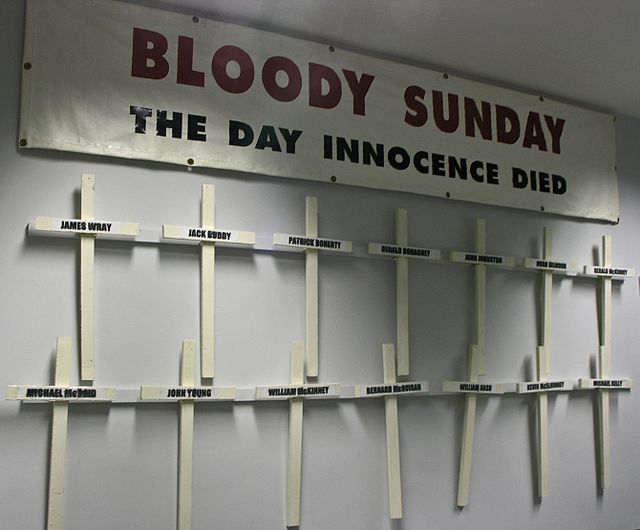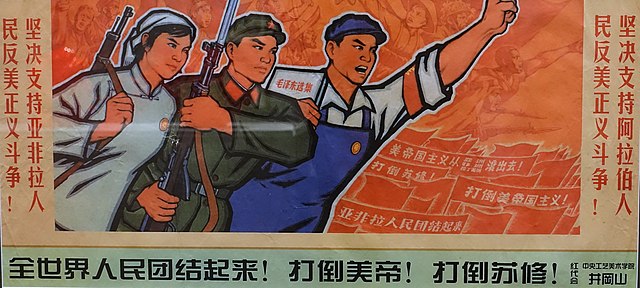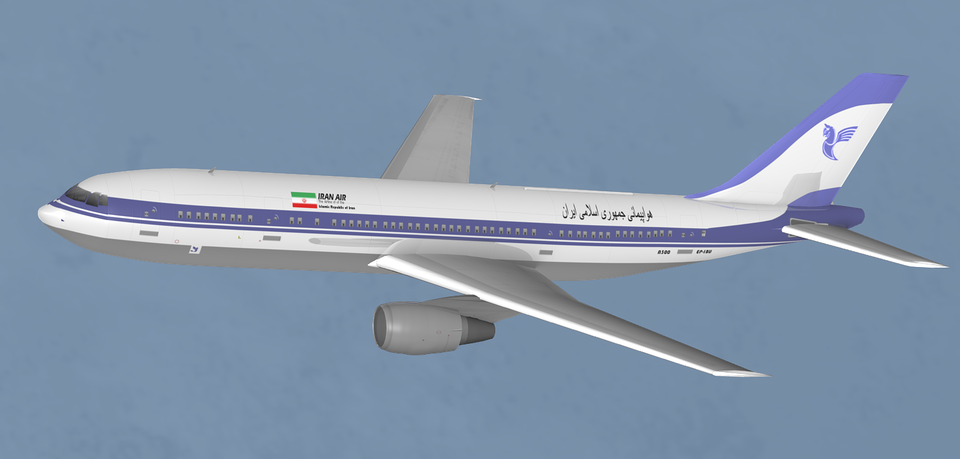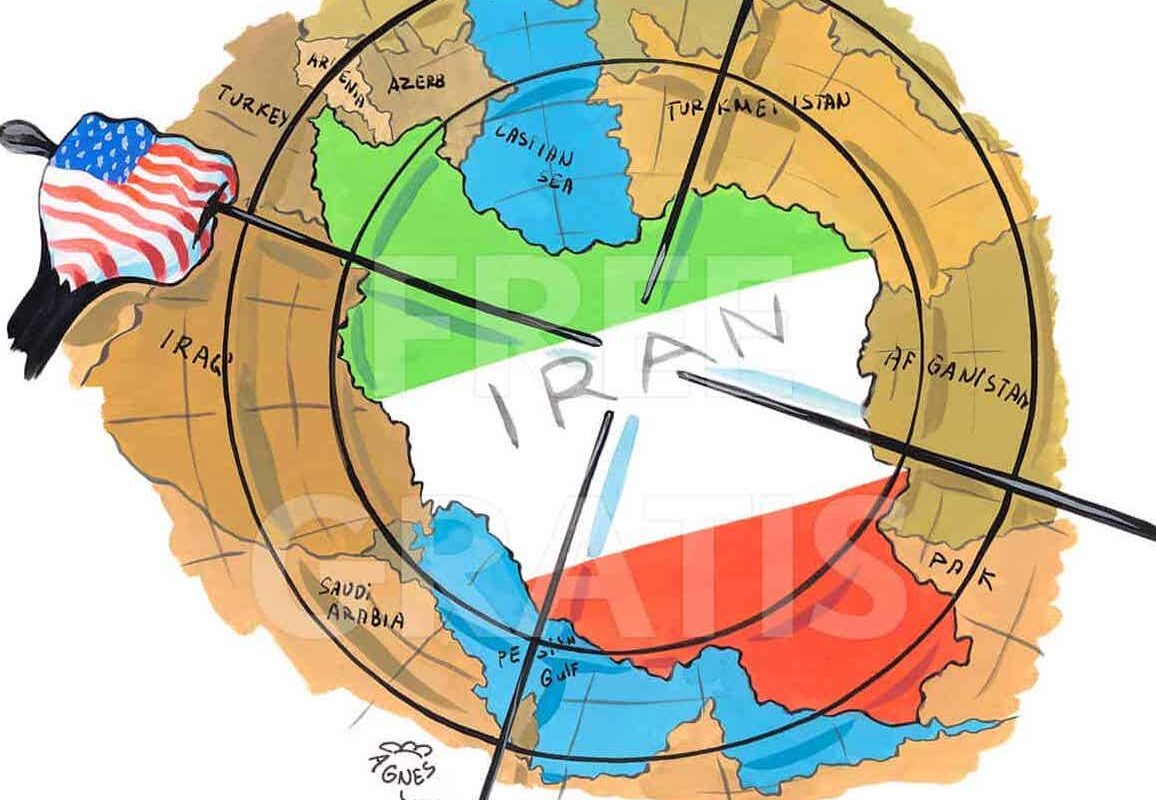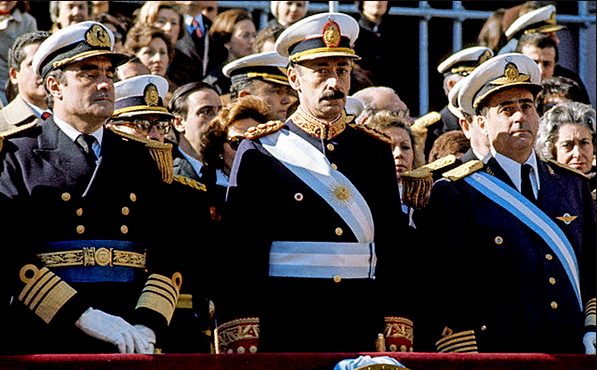When Belfast City Council convened on December 3rd, 2012, the results and subsequent ruling of this meeting would have an immediate effect. A crowd descended on the City Hall, smashing windows of the cars outside as well as the windows of the building itself. These rioters soon clashed with the police, attacking them with petrol bombs and bricks; the police responded with water canons and plastic bullets in turn. Much like the January 6th insurrection in Washington D.C., people inside captured moments of the madness on their phones, and one video soon went viral. With her face pressed against a broken window in the door, a Union Jack raised triumphantly in her right hand, a woman manically bellowed the words “NO SURRENDER!” through the small opening.
This immediate and violent reaction was in response to the City Council’s ruling to limit the amount of days the Union Flag (or Union Jack) would be flown over the City Hall. It was decided that it would fly for 18 days a year. This was in line with the minimum requirements for a government building. The response from the Loyalist community to what the Orange Order deemed a “Cultural War” on their British identity was swift, but nothing out of the ordinary.
The contentious nature of flags in Northern Ireland can be confusing at best, and deadly at worst. In Republican areas, it’s normal to see a Palestinian flag flown, or painted into a mural. In retaliation, you will often see a Israeli flag flown in Loyalist areas, and yet in some cases you will also see Nazi flags flown in the same area. This only scratches the surface of the complicated status of flags in this small country. However there is one flag that is flown in Loyalist areas that few outside the UK and Ireland would recognise, and even there, many would not be able to identify it either. The flag in question is that of the Parachute Regiment of the British Army, the regiment who on January 30th, 1972, perpetrated the Bogside Massacre, more infamously known as Bloody Sunday.
Why Flags Matter
When soldiers opened fire on a Civil Rights march in Derry, 26 civilians were shot in total – 13 were killed immediately, 1 died later of his injuries. Fifty years and 2 governmental inquiries later, the victims and their families still seek justice. In 2020, they were dealt a sickening blow when prosecutors determined that Lance Corporal David Cleary – the man who spent most of his career hidden from his crimes behind the moniker of “Soldier F” – would not be tried on 2 counts of murder and 4 counts of attempted murder. The Ballymurphy Massacre was another brutal mass murder carried out by the Parachute Regiment in Belfast in 1971, and it’s believed that Cleary was also involved in this.
When Cleary was initially charged in April 2019, the flag of the Parachute Regiment began to be erected at popular tourist spots around Northern Ireland, along with banners proclaiming that area “Stands with Soldier F”. Around this same time, as you drove out of Belfast on the A1 Motorway towards the M1 Motorway which crosses the border into the Republic and onward to Dublin, a section of the road flew that flag on every second lamppost, while the ones in between flew a Union Jack. Loyalists disrespect the flags of the Republic of Ireland, Palestine, the Basque region, and almost any flag that has any relation to Irish republicanism by burning all of these emblems on their 12th July bonfires. Just so the flying of the Parachute Regiment flag is about provocation and intimidation more than it is about supporting a murderer.
It’s obvious that this fervent support by Loyalists of the soldiers who murdered innocent civilians is deplorable. But beyond this, it shines a light on the twisted image that many in the United Kingdom have developed of their colonial past and present. As we look back on the blood-soaked history of British imperialism, we see that the location and the time period may change, but the violence and brutality remains much the same.
Bloody Sunday(s)
On the 21st November 1920, the viciousness of the Crown Forces was felt in Croke Park, Dublin, at a Gaelic Football game. The despised Black and Tans (a division of the Royal Irish Constabulary) opened fire on civilians and players at the game, killing 14 and injuring dozens more. This was the first “Bloody Sunday” the Irish people would experience that century.
A year previous in India, thousands gathered in Jallianwala Bagh in Amritsar to show support for their independence leaders who had been arrested by British forces. They were corralled by British soldiers who blocked any potential exit. An order to fire was given by Brigadier-General R. E. H. Dyer. In the vicious attack the soldiers fired until their ammunition was spent, leaving anywhere between 379 and 1000+ dead, and nearly 1500 injured. No official state apology has ever been given, but Theresa May made sure to offer empty platitudes when she called it a “shameful scar” during her 2019 visit.
The detailing of the heinous and murderous actions like these could go on and on, but these example are enough to emphasise the indifference the Crown Forces showed to colonial subjects they actively oppressed. This raises the question of what exactly the blind support invested by sects of the Loyalist communities achieves? As they too have been victims of the British Army, and in particular, the Parachute Regiment. On September 7th, just over 6 months after Bloody Sunday, two Protestant civilians were killed by the Paras, still under the command of Lieutenant Colonel Derek Wilford. This took place during a raid of an Ulster Defence Association (UDA) safe house in the Loyalist Shankill area. It was claimed they were returning fire at Loyalist gunmen who had first attacked the troops.
In the immediate aftermath, the UDA released a statement condemning the Regiment, emphasising “Never has Ulster witnessed such licensed sadists and such blatant liars as the 1st Paras. These gun-happy louts must be removed from the streets”. This quote brings to light the blatant cognitive dissonance many Loyalists wrestle with when it comes to the British Forces. Only months after Bloody Sunday, the Loyalist paramilitaries as well as Loyalist civilians were able to recognise the vicious and indiscriminate attitude the Crown Forces had towards them as citizens of Northern Ireland; but the murder of Catholics citizens was something to be celebrated by championing those same forces.
Whether it’s flying the flags of the Parachute Regiment; placing banners that say “Fuck your Ballymurphy inquiry” on the 12th July bonfires; or sending death threats to SDLP leader Colum Eastwood following his use of parliamentary privilege to disclose Cleary’s name in the House of Commons – it becomes clear that many hardline Loyalists can’t accept the realities of what British colonial violence has done to Northern Ireland as a whole, rather than just the Catholic and Nationalist communities.
More British than the Brits
To fully delve into this warped sense of Britishness held by Loyalists in Northern Ireland would need an in-depth scholarly study. But there are specific examples which demonstrate just how insidious it is. There are also examples that conversely show how meaningless the North of Ireland is in the bigger picture of British imperialism.
In 2019, Protestant Pastor Barrie Halliday released a video on his Facebook page, proclaiming his support for the late Willie Frazer, before Frazer was due to be featured in a BBC special “Spotlight on the Troubles: A Secret History”. Evidence had come to light that showed Frazer, a campaigner for Protestant victims of the IRA, supplied weapons to Loyalist paramilitaries in the late 1980s that were linked to 70 murders. On his deathbed, Frazer had told a BBC journalists working on the show that “I don’t want to be remembered as a clown who did stunts going to court, I want to be remembered as a player who took the war to the IRA.”
Pastor Halliday rallied against the BBC in the video, as well as the media in general, and any Catholics who would welcome the revelation from the late campaigner. He stated “I’m not going to disassociate myself, and I am not worried about the rabble, I am not worried about the lesser breeds who line up today in their papers that are read by the lesser breeds that have learned to read in recent years.”
Unapologetic sectarianism has always been prevalent in Northern Irish politics and society, regardless of the affiliation. But this blatant bigotry and WASP supremacy was by a man who leads a religious congregation. The example stands to show that it is omnipresent in everyday life in the country.
Keeping this in mind, let’s now look reaction of the media in the wake of the 2017 UK General Election, after the Conservative Party had to call the Democratic Unionist Party into a “confidence and supply” agreement (on the promise of an extra Billion pounds in funding for Northern Ireland) in order to stay in power.
While the DUP’s leader called the Union the party’s “guiding star”, the general public in Great Britain had to be introduced to one of the two biggest parties in Northern Irish politics. Articles from the BBC were entitled “Who are the DUP?” The Daily Mail, a never-ending source of bigotry in UK media, met the announcement with a cartoon showing a ‘drunk Paddy’, captioned “[The Tories] took some persuading but eventually the DUP clinched the deal”. While the DUP may see the Union as their “guiding star”, the cartoon shows many in the British media who see the Irish as a “Drunk Paddy” stereotype – no matter what side of the Republican/Unionist divide they fall on.
50 Years On
As we near the 50th anniversary of one of the worst tragedies inflicted on the Irish people by Crown Forces in the 20th century, what has changed? It’s unlikely any justice will be found for those who were murdered that day. Beyond the dismissal of the case against Cleary, the length of time since the murders has let murderers live their lives, retire, and head into their twilight years, safe from being held responsible for their actions. When once there was a realisation on both sides of the political coin that the Paras were “gun-happy louts”, this has now shifted into Loyalists celebrating the murders committed by the regiment. Surveys show that less people in Northern Ireland feel “strongly British” than people in Scotland, England, or Wales. Yet when the Tories needed support to cling onto power, the DUP were quick to step in to support their “guiding light”.
As Brexit negotiations continued, and Boris Johnson’s Tory party won a landslide in the 2019 General Election, the DUP’s lack of influence and importance in broader UK politics became glaringly obvious. To force a Brexit deal through, Johnson was happy to agree that an agrifood and customs border would go in the Irish Sea between Great Britain and island of Ireland. This incited Unionists who saw this as division between them and the Union they had so passionately supported for centuries.
As Northern Ireland reached its 100th year as a state in 2021, Unionists were left to grapple with the cold reality that their influence in the London political sphere had almost entirely diminished. Coupled with the fact that the general population of Great Britain have little to no knowledge of their dedication to the United Kingdom; and the fact that support for a United Ireland is slowly but steadily growing – Unionism is being backed further into a corner. Just as their importance to the Conservative Party dwindled when they became surplus to requirements, the likelihood of true justice being delivered for those who have suffered and died at the hands of British Imperialism dwindled too.
References:
- YouTube – NO SURRENDER Belfast City Hall 2012
- Irish News – Parachute Regiment flags erected at popular tourist spots
- Village Magazine – Soldier F and Brigadier Kitson’s elite ‘EFGH’ death squad
- National Post – Who is Soldier F? Ex-paratrooper faces 1972 murder charges over Northern Ireland’s Bloody Sunday massacre
- BBC – Amritsar: Theresa May describes 1919 massacre as ‘shameful scar’
- Andrew Sanders, Edinburgh University Press, 2012 – Times of Troubles: Britain’s War in Northern Ireland
- Irish News – Bonfire insult to Ballymurphy victims
- News Letter – Willie Frazer ‘wanted to be known as a player who took war to the IRA’
- BBC – Election results 2017: Who are the DUP?
- BBC – ‘The union is our guiding star’ – DUP’s Arlene Foster
- The Daily Mail – Mac on… Theresa May’s deal with the DUP
- BBC – Fewer NI people feel British than other UK regions – survey
- RTÉ – The Tory landslide and the Irish Sea
- Al Jazeera – In Northern Ireland, a ‘shift in enthusiasm’ for Irish unity
